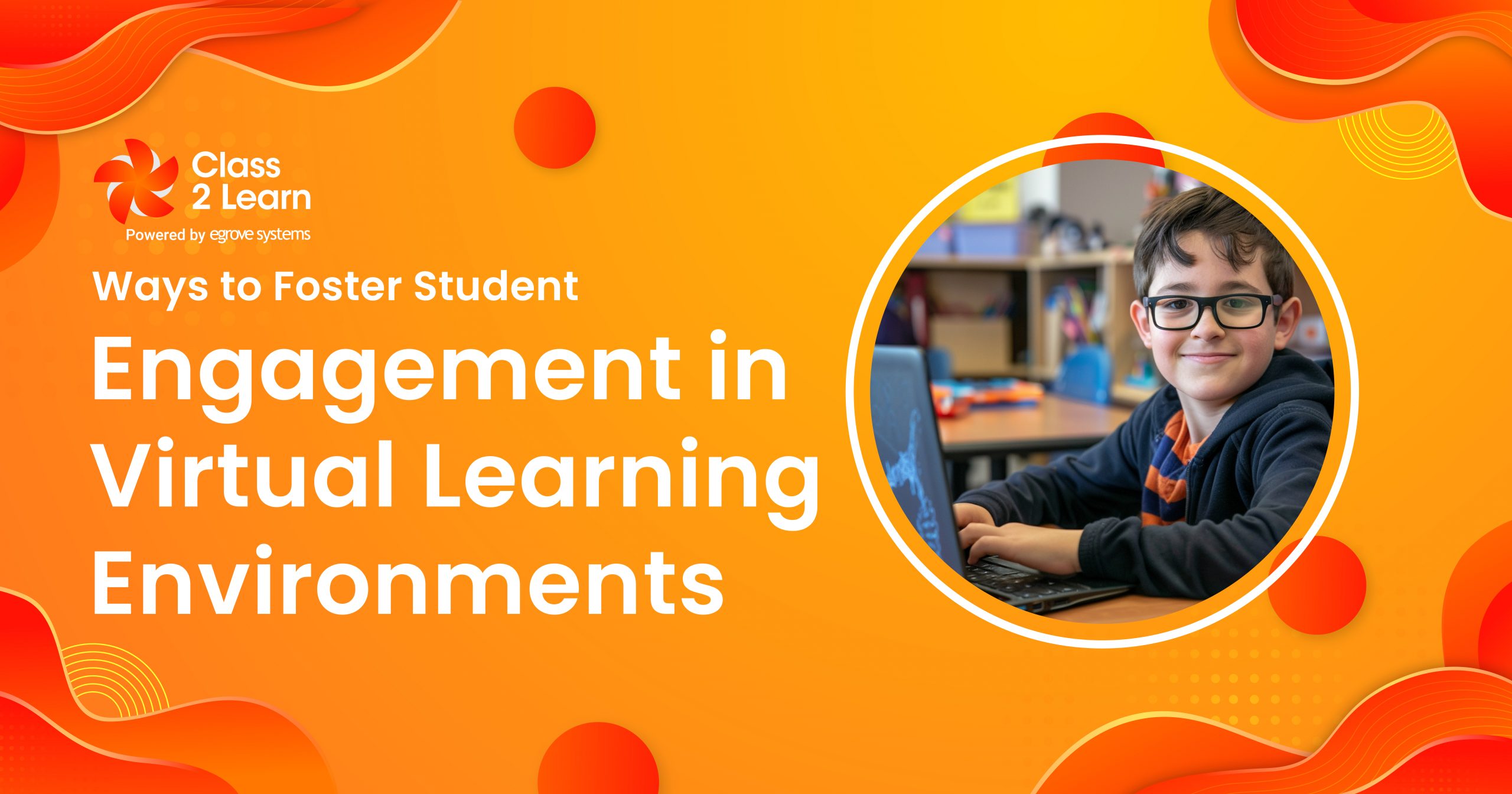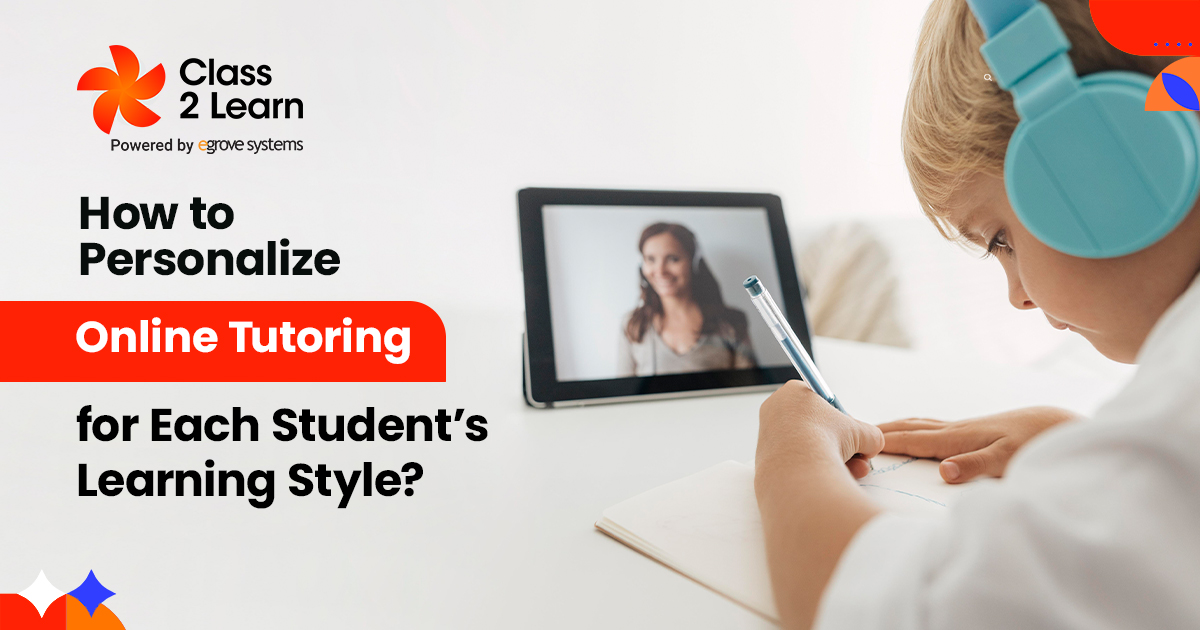Online education has shown to be beneficial to students in a variety of ways over the last several years. Experts have already emphasized its chances in the coming years.
The online education industry is predicted to develop at a CAGR of 52% CAGR of 52% (over the next five years) to USD 1.96 billion. Online schooling can provide greater educational chances for everybody – students, teachers, and parents.
What is ONLINE school?
Online classes provide virtual lessons that students may access whenever they choose. Students utilize home computers to access study materials via an online portal.
Like a regular school, an online school must have a certified teaching staff specializing in teaching online. These instructors lead online lessons and monitor students’ progress.
The digital education option is highly flexible and handy for students since it allows instructors to guide students through online classrooms (synchronous learning) while also offering self-paced solo study time (asynchronous learning).
With its unique and original digital platform, Online School has succeeded in recreating the traditional schooling framework. And it has effortlessly extended the benefits of “learning from anywhere” to all students, regardless of their geographical location or time zone.
Functioning of Online Schools
An online learning platform is often used to run an online school. A student enrolled in an online school can utilize the learning management system (LMS) interface to review school information such as online class schedules, syllabuses, and grades; communicate with instructors, classmates, and support services; access course materials; and track their progress on courses.
You can be more flexible during the school day with online education. Students can choose between two types of classes.
- Synchronous Class
In this sort of class, you will enter into the teacher’s online classroom to receive a lesson, lead group work, and participate in guided activities and evaluations. The teacher plans and leads the class, yet it is surprisingly engaging.
Teachers allow the students to:
- Discuss with teachers regarding subjects and chat with other students
- Operate the webcam
- Use the mike
- Coordinate a process in small groups
- Asynchronous class
This type of class does not require the student to log in every day. Daily schedules will be posted by your teacher for you to follow. As advised by the tutor, you will complete courses and evaluations online. You can find helpful materials in the lesson plans such as movies, websites, and animations. Teachers are available to assist you every hour of the day, every week during office hours, and one-on-one.
Asynchronous classes are useful for:
- Students with several medical appointments
- Students who are busy for many hours each day with extracurricular activities like athletics or dancing.
The elements of online education are
- Learning Management System (LMS): An interactive platform that allows students to get online instruction. The platform includes tools for creative teachings, such as videos, audio, photos, presentations, graphics, charts, etc., as well as the curriculum, study material (modules and lessons), several forms of assessments, and other materials. Teachers can post assessments and keep performance logs using the LMS.
The best online colleges offer an extremely sophisticated yet user-friendly LMS that also has a single sign-on function, a unique feature. - Add more resources to areas where text is prevalent:
Use visual and interactive elements to engage your students and encourage higher levels of understanding. Live chats and other Web 2.0 multimedia can help users transcend and go beyond the confines of organized discussion threads and into real-time communication and sharing. Additionally, it encourages the integration of prior knowledge and experiences as well as innovative concepts. - Promote participation and set an example:
When the teacher expressly puts forth clear expectations for engagement, participation in online learning environments can be promoted. Furthermore, asking effective questions and accepting new ideas also help candidates take risks to think critically and develop their ideas online. - Gradual Release of Responsibility:
Regularly modeling and interacting with all candidates is crucial. However, as the course progresses, it is hoped that you will have gradually assisted participants in creating surroundings that are favorable to higher-order thinking and that they can survive without outside assistance. These connections end up in charge of encouraging engagement and more in-depth learning throughout the course. - Summarizing:
A comprehensive technique vital in determining eLearning success. It is crucial to assist applicants in distilling their main learning points and crucial for participants to have their key concepts and tactics repeated and shared with others. This encourages in-depth learning. - Supplemental Learning Resources:
Encourage holistic development by offering extra reading material that is NOT included in the core curriculum or syllabus. Students can benefit from these tools for enrichment beyond the classroom. Supplemental education sparks students’ interest and promotes exploratory learning while keeping them up to date on the most recent business trends. - Evaluation:
Feedback and evaluation are continuous processes. It is current, helpful, and serves as an example of good practices. Usually, when there are no obvious markings, it works best. Keeping a continuous spreadsheet for each participant to record crucial information is one tactic. Maintaining a record of this data also gives you access to trends and areas where learners may need your assistance.
The following are some benefits of online education:
- Students may learn anywhere, anytime, for a reasonable price.
- A sense of independence and accountability
- Possibilities for socializing through groups and extracurricular pursuits.
- Fewer distractions in the class, especially for children who are unable to concentrate.
Conclusion:
For students of the 21st century, online education is indeed the sole viable option, not just one among several. Online learning is, in fact, the only practical choice for students in the twenty-first century, not just one among several. It promotes a flexible, student-friendly environment and ensures the safety of children by providing opportunities for home-based learning. You can help your children succeed in the future by fostering their natural talent and creativity through interesting internet platforms.





Add comment